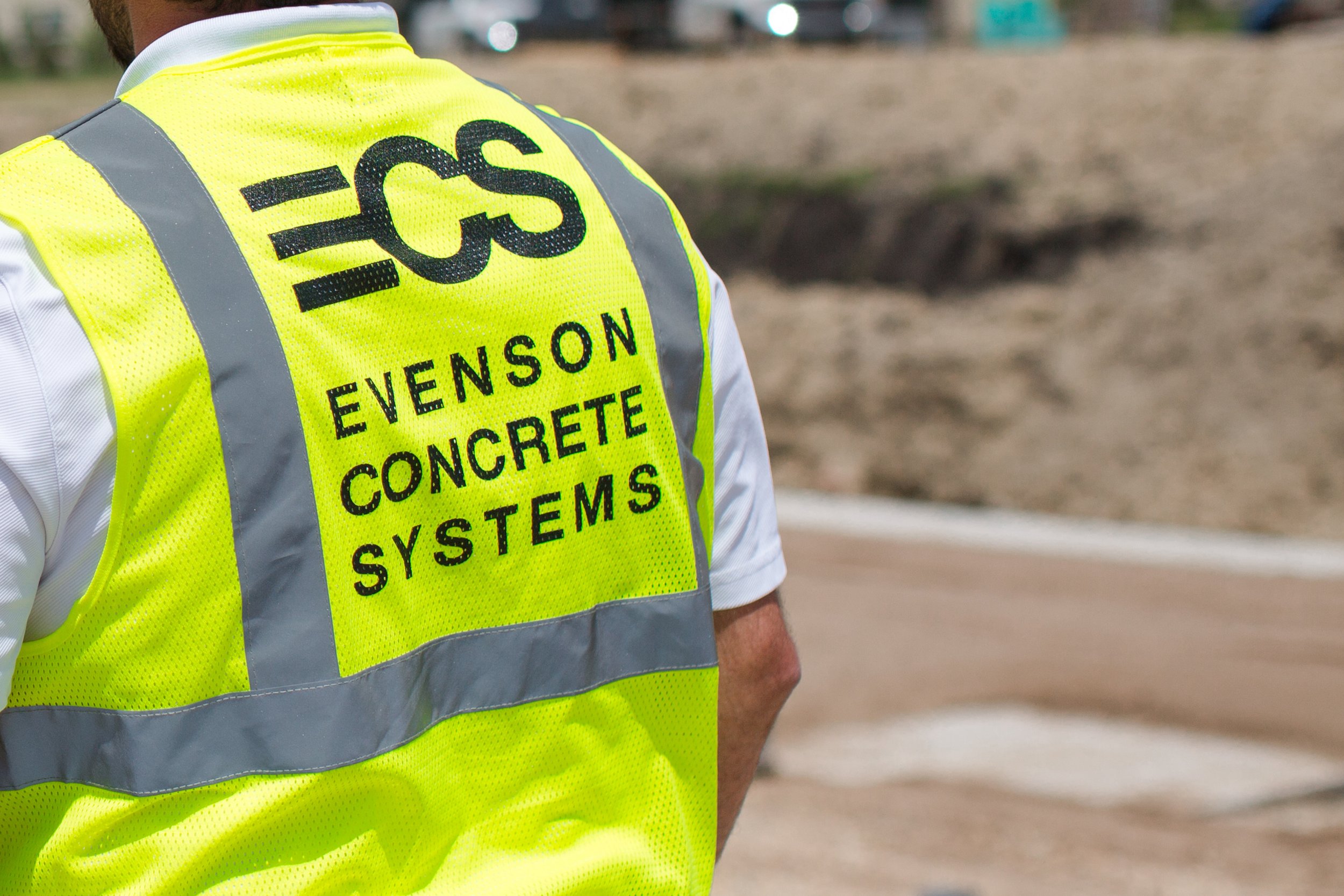Concrete Basics for Commercial Projects: A Comprehensive Guide
Concrete is one of the most versatile and widely used materials in the construction industry, especially for commercial projects. From office buildings and warehouses to retail centers and medical facilities, concrete is the foundation and structural backbone for a wide range of developments. Understanding the basics of concrete for commercial projects can help stakeholders make informed decisions and ensure the success of their builds.
Inside the blog:
Why Concrete Is Essential for Commercial Projects
Types of Concrete Used in Commercial Construction
Common Challenges and Solutions
Innovations in Commercial Concrete
Why Concrete Is Essential for Commercial Projects
Concrete’s durability, strength, and adaptability make it a go-to choice for commercial construction. Its ability to withstand heavy loads, resist fire, and maintain its integrity under various environmental conditions is unparalleled. Additionally, concrete offers flexibility in design, allowing architects and engineers to create innovative structures that balance functionality and aesthetics.
Key benefits of concrete include:
Durability: With proper care, concrete structures can last for decades, even under extreme conditions.
Strength: Concrete can support immense weight, making it ideal for large-scale commercial buildings.
Energy Efficiency: Concrete has excellent thermal mass, helping to regulate indoor temperatures and reduce energy costs.
Sustainability: With advancements in green construction, concrete can be produced with reduced carbon footprints and recycled materials.
Types of Concrete Used in Commercial Construction
Selecting the right type of concrete is crucial to the success of a commercial project. Here are some common types:
Reinforced Concrete:
This type incorporates steel reinforcements (rebar or mesh) to enhance tensile strength.
Applications: Foundations, beams, columns, and slabs.
Precast Concrete:
Precast elements are manufactured off-site and transported to the construction site for assembly.
Applications: Wall panels, staircases, and structural components.
Lightweight Concrete:
Made with lightweight aggregates, this type reduces the structure's overall weight.
Applications: Flooring systems and roofing.
High-Performance Concrete (HPC):
Engineered for enhanced strength, durability, and resistance to environmental factors.
Applications: Bridges, parking structures, and high-rise buildings.
Self-Consolidating Concrete (SCC):
Flows easily into forms without vibration, ensuring a smooth finish.
Applications: Intricate designs and projects with tight spaces.
Key Components of Concrete
Concrete is a composite material made from four main components:
Cement:
The binding agent in concrete, typically Portland cement, forms the matrix that holds the mixture together.
Tip: Consider low-carbon cement options to reduce environmental impact.
Aggregates:
These include sand, gravel, or crushed stone, which provide bulk and contribute to the strength of the concrete.
Importance: Properly graded aggregates ensure better compaction and stability.
Water:
Water activates the chemical reaction in cement (hydration), which hardens and strengthens the mixture.
Best Practice: Use the right water-to-cement ratio for optimal strength and workability.
Admixtures:
These additives modify properties such as setting time, workability, and durability.
Examples: Air-entraining agents, plasticizers, and retarders.
The Concrete Pouring Process
A successful concrete pour requires meticulous planning and execution. Here’s a step-by-step overview:
Site Preparation:
Clear the area and ensure a stable, compacted base to prevent settling.
Tip: Use vapor barriers to reduce moisture intrusion.
Formwork Installation:
Construct sturdy forms to contain the concrete during pouring and shaping.
Best Practice: Ensure forms are level and properly aligned.
Mixing:
Use a precise mix design tailored to the project’s requirements.
Tip: Employ ready-mix concrete for consistency in large projects.
Pouring:
Pour concrete evenly to minimize air pockets and segregation.
Equipment: Use pumps or conveyor belts for efficient placement.
Compaction:
Remove trapped air using vibrators or tamping tools to enhance strength and durability.
Finishing:
Smooth the surface with tools such as trowels or screeds.
Decorative Options: Consider stamping, staining, or polishing for aesthetics.
Curing:
Maintain moisture levels to ensure proper hydration and strength development.
Best Practice: Use curing blankets or apply curing compounds.
Common Challenges and Solutions
Concrete projects often encounter challenges that can impact quality and timelines. Here are some common issues and how to address them:
Cracking:
Causes: Shrinkage, thermal stress, or improper curing.
Solution: Use control joints and maintain consistent curing conditions.
Segregation:
Causes: Poor mix design or improper pouring techniques.
Solution: Follow best practices for mixing and placement.
Scaling:
Causes: Freeze-thaw cycles or de-icing chemicals.
Solution: Apply sealants and use air-entrained concrete.
Low Strength:
Causes: Incorrect water-to-cement ratio or substandard materials.
Solution: Conduct quality-control tests and ensure proper mix design.
Innovations in Commercial Concrete
The concrete industry has seen significant advancements, improving efficiency and sustainability in commercial construction. Here are some noteworthy innovations:
Green Concrete:
Incorporates recycled materials and reduces carbon emissions.
Example: Fly ash or slag as cement substitutes.
3D Concrete Printing:
Enables precise and rapid construction of complex structures.
Applications: Custom components and modular designs.
Ultra-High-Performance Concrete (UHPC):
Offers exceptional strength and durability with minimal maintenance.
Applications: Infrastructure and architectural features.
Smart Concrete:
Embedded sensors monitor performance and structural health in real-time.
Benefits: Enhanced maintenance planning and safety.
Best Practices for Commercial Concrete Projects
To ensure the success of a commercial concrete project, adhere to these best practices:
Invest in Quality Materials:
High-quality cement, aggregates, and admixtures are essential for superior results.
Work with Experienced Professionals:
Partner with a reputable contractor, such as Evenson Concrete System, to ensure expertise and reliability.
Prioritize Safety:
Implement safety protocols to protect workers and prevent accidents.
Conduct Regular Testing:
Perform slump tests, compressive strength tests, and moisture assessments to maintain quality control.
Plan for Maintenance:
Develop a maintenance schedule to extend the lifespan of the concrete structure.
Why Partner with ECS Concrete?
We specialize in delivering top-tier concrete solutions for commercial projects at Evenson Concrete. Our commitment to quality, safety, and innovation sets us apart as a trusted partner in the industry. Whether you need assistance with mix design, pouring, or finishing, our team has the expertise to bring your vision to life.
Explore our services and why we’re the go-to choice for commercial concrete projects. Visit our website today and take the first step toward a successful build.

